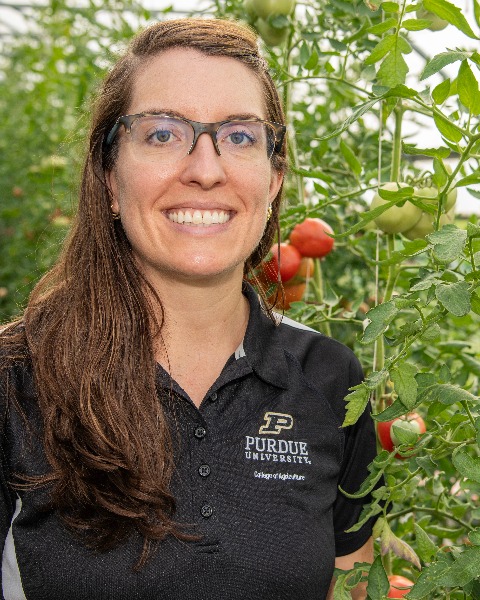Section Symposium
Plant-Insect Ecosystems
Formal and Informal Teaching
Empowering Tomorrow’s Food Systems with Controlled Environment Agriculture
Protected culture as a climate adaptation tool and implications for IPM
Tuesday, November 12, 2024
8:45 AM - 9:05 AM MST
Location: Phoenix Convention Center, 126 C, PCC

Laura L. Ingwell (she/her/hers)
Assistant Professor
Purdue University
West Lafayette, Indiana
Presenting Author(s)
One could argue that climate is the most important factor impacting the sustainability and production of food. Protected culture, in its various forms, has historically been a tool used to manipulate the growing environment in what would otherwise be considered unsuitable climates, to facilitate plant (and food) production. As we experience the results of our current climate change scenario, protected culture will become an increasingly important tool to mitigate the impacts of climate change on food production related to shifts in precipitation and temperature extremes. This presentation will talk about the role that protected culture plays in climate adaptation and how pest management in these systems is crucial for the implementation and expansion of this tool. I will review the types of protected culture and how they relate to the insect pest complexes encountered. Factors such as environmental regulation, plastic selection, crop selection and permeability all impact the pest and beneficial insects encountered in protected culture. Protected culture also offers opportunities for innovation in the ways we monitor and manage pests and often require special considerations in comparison to open field production. This presentation will highlight the ways in which protected culture can mitigate climate change and how these systems change the way we deploy integrated pest management.

.png)
